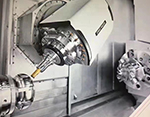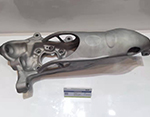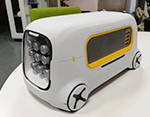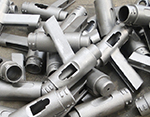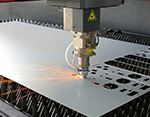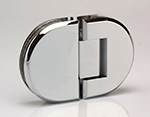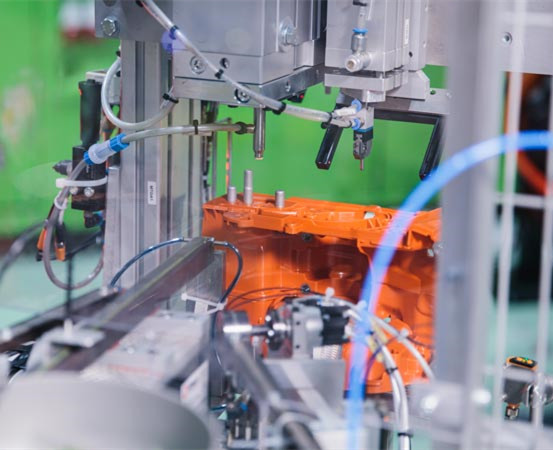Prototype injection materials
In general, plastics that can be used to produce injection molding can also be molded by hand molding. The following are the most common molded plastics. If a material is not listed, please contact our team for more information.
Thermoplastics
ABS ABS/PC Acetal Acetal copolymer Acetal homopolymer/Delrin Polyurethane resin High density polyethylene Liquid crystal display Low density polyethylene Linear low density polyethylene Nylon PBT Polycarbonate/PBT Peep Pets PETG PMMA (Acrylic, Plexiglas) Polycarbonate Polypropylene PPA Personal protective equipment/Personal protective equipment Polystyrene Power supply Thermoplastic polyurethane
Thermoset plastic
Standard silicone (30, 40, 50, 60 and 70 durometer) Medical grade silicone Optical grade silicone Fluorosilicone rubber (fuel and oil resistant)
Benefits of Rapid Prototyping Plastic Parts
Rapid prototyping injection molding is a preferred method that not only helps engineers and designers confirm part quality, but also provides real parts that can be tested in the marketplace before the design is considered finalized. In addition to design verification and structural validation, you can use rapid prototype injection molding to help complete the mold design for long-term production runs. Other benefits of making prototype plastic parts before full-scale production begins include
Faster, more reliable product launches: Many products fail for a variety of reasons, including cost and price calculation errors, lack of market testing, and worst of all - product failure. Rapid prototyping and market testing can reduce these challenges before a product is released.
Better product functionality and appearance: When aesthetic judgments are made about products based on engineering drawings and visualizations, they often fail to impress in real-world production scenarios. You can also test prototype samples on site for functionality and aesthetics.
A more efficient design process: Prototypes can actually help shorten the overall engineering and design review phase of a new product. And, when you have prototype plastic parts on hand, you can easily prove its market viability to stakeholders.
Reduce tooling costs: When manufacturers don't make prototypes, they often have to rework their production tooling. If you choose rapid prototype injection molding, you'll identify and solve any challenges before making expensive production molds.
What is injection molding?
Plastic injection molding is the process of melting plastic pellets (thermoset/thermoplastic polymers) and once they are sufficiently ductile, they are injected into the mold cavity under pressure, filled and cured to produce the final product.
How does injection molding work?
Kesu's thermoplastic injection molding process is a standard process involving aluminum molds. Aluminum is much more efficient at transferring heat than steel, so no cooling channels are required - meaning the cooling time we save can be used to monitor filling pressures, cosmetic issues and produce quality parts.
Resin pellets are loaded into a barrel and eventually melted, compressed and injected into the mold's runner system. The hot resin is injected into the mold cavity through a gate and the part is molded. An ejector pin helps remove the part from the mold and the part drops into the loading bin. After the run is complete, the part (or initial sample run) is boxed and shipped shortly thereafter. Request your free design cube, which shows surface finish and thickness finish.


